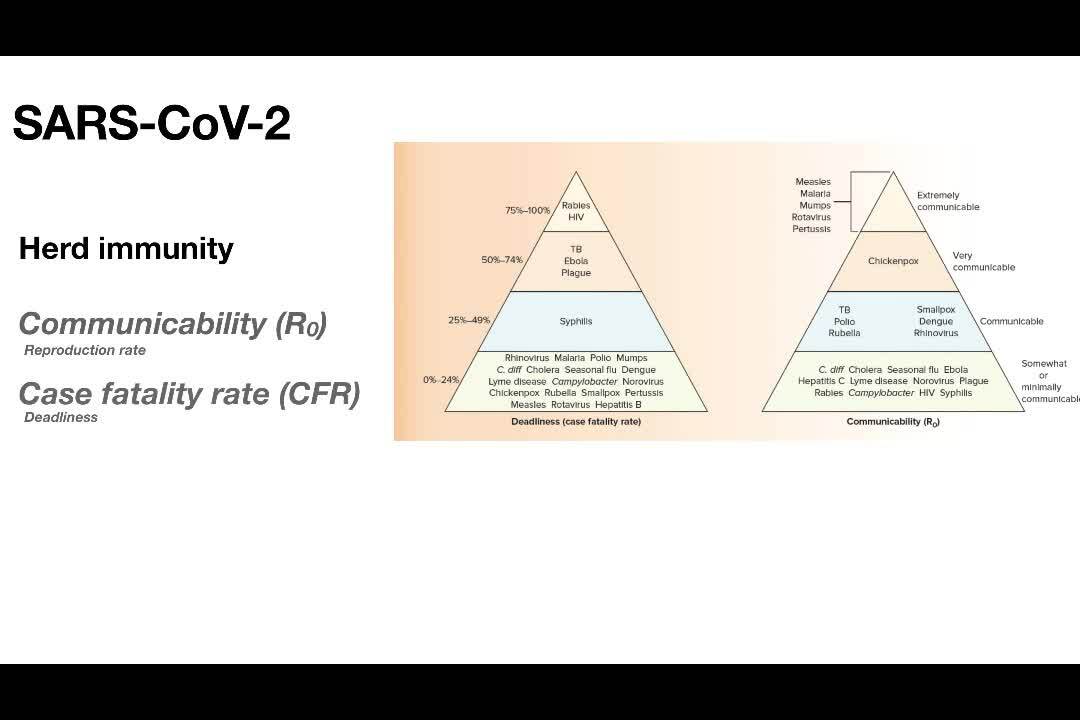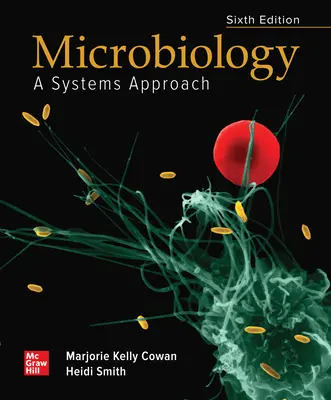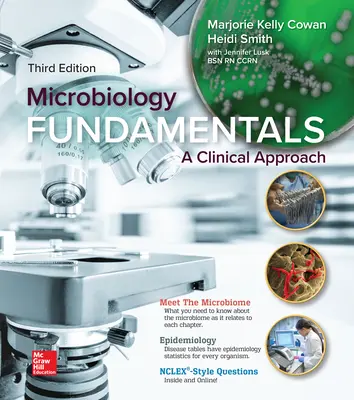Epidemiology of a Pandemic - Lecture in a Box
Published August 19, 2020
Instructors - with everything else you are handling during this bizarre semester, brushing up on your epidemiology may not be high on your list. But students have been bombarded with a lot of information (good and bad) about how pandemics work, and they will probably be looking to you for answers. I have taught epidemiology to undergraduates for over 20 years, and I put together a little 30-minute lecture that you can pop in to your course, pain-free! In this lecture, with clear slides and narration by me, your students will get information on what epidemiology actually is, how SARS-CoV-2 how screening tests work (including specificity vs. sensitivity), why some people get sick and others don't, herd immunity, contact tracing, vaccine preparation, and more.
Also: here are some multiple-choice questions you can use for polling, or quizzing. (Best single answer.)
- If a screening test has a high rate of false positives, it is
- not very specific
- not very sensitive
- still better than a diagnostic test
- Herd immunity will be effective when _____% of the population is immune or protected in some way.
- 100%
- 50%
- it varies depending on the microorganism
- it varies depending on what country the epidemic is in
- Which of the following circumstances can contribute to herd immunity in the case of COVID-19?
- vaccination
- having the disease and recovering
- using social distancing/masking
- all of the above
- all but one of the above
- A zoonosis is
- an infection which humans can acquire from an animal
- an infection with a microbe that mutates in order to be able to jump from animals to humans
- an infection of large animals
- more than one of the above.


About the Author
Kelly Cowan has taught microbiology to pre-nursing and allied health students for over 20 years. She received her PhD from the University of Louisville and held postdoctoral positions at the University of Maryland and the University of Groningen in the Netherlands. Her campus, Miami University Middletown, is an open admissions regional campus of Miami University in Ohio. She has also authored over 25 basic research papers with her undergraduate and graduate students. For the past several years, she has turned her focus to studying pedagogical techniques that narrow the gap between under resourced students and well-resourced students. She is past chair of the American Society for Microbiology’s Undergraduate Education committee and past chair of ASM’s education division, Division W.

